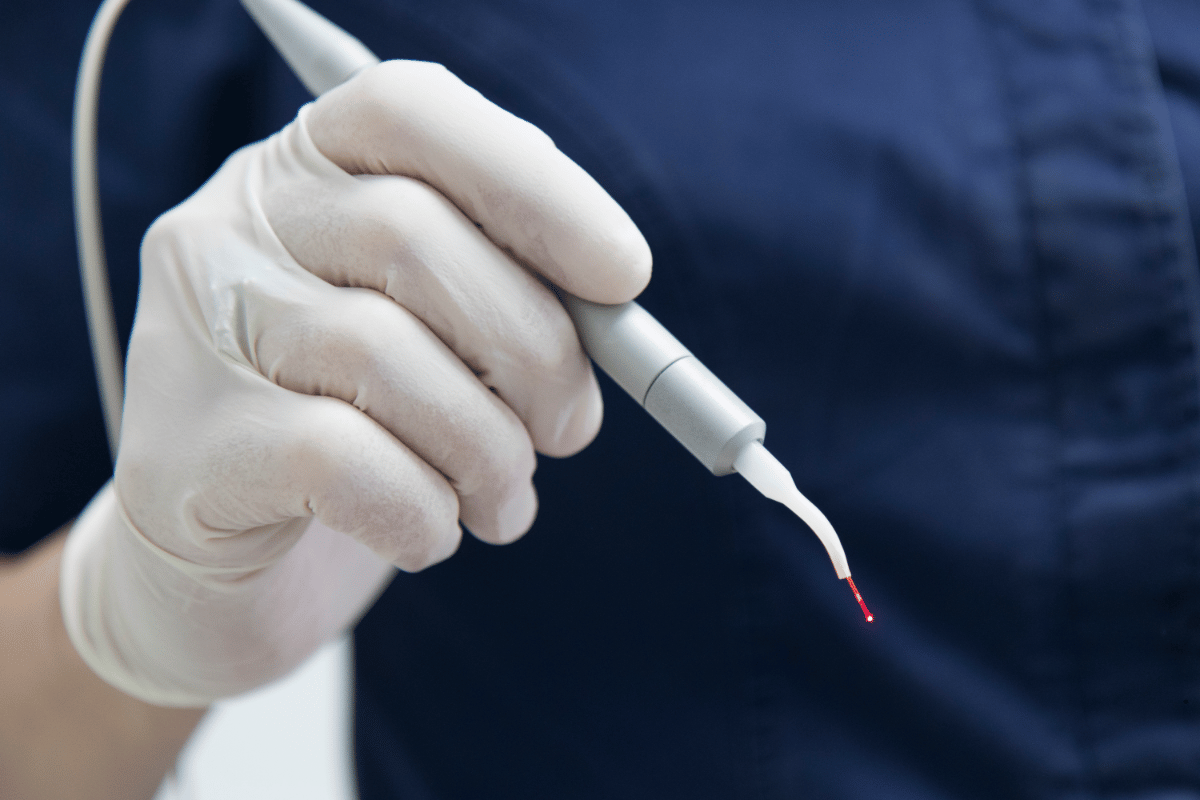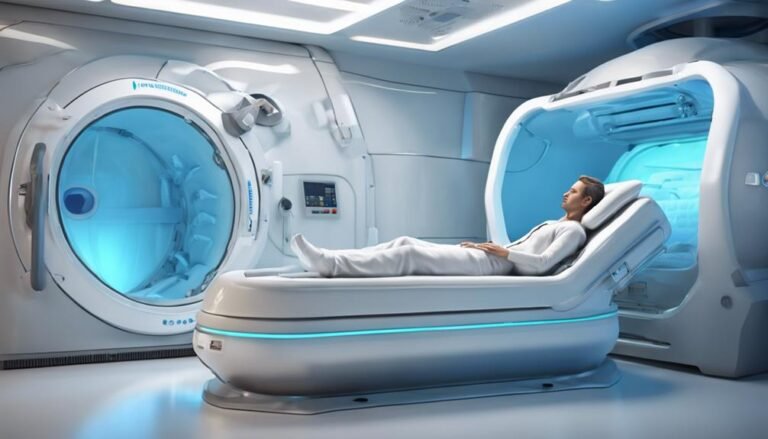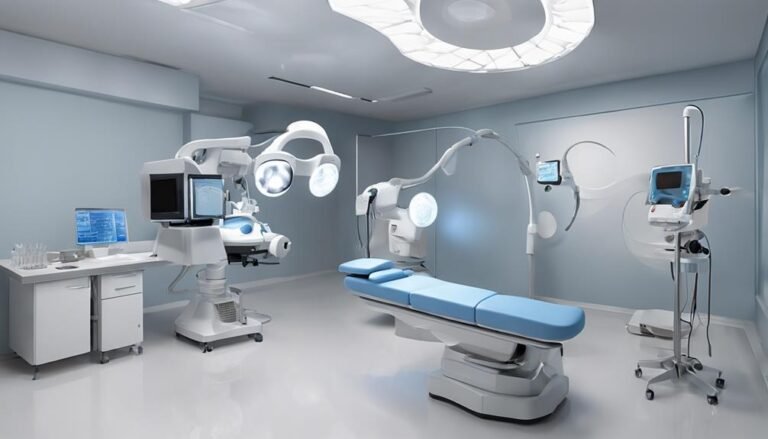Surgical Lasers in Modern Medicine: Cutting-Edge or Overhyped?
In modern medicine, surgical lasers emerge as a precise and transformative tool, revolutionizing procedures across medical specialties. With enhanced precision and reduced collateral damage, laser technology offers significant advantages. Quickening surgeries, minimizing harm to surrounding tissues, and providing exceptional control, surgical lasers prove invaluable. Yet, challenges like initial costs and training requirements persist. The future holds promise with advanced laser technologies paving the way for even greater precision and reduced tissue impact. Considering the profound impact of surgical lasers on modern medical practices, one can uncover a domain of possibilities awaiting exploration.
Key Takeaways
- Surgical lasers are cutting-edge in modern medicine, offering precision and minimal tissue damage.
- Advancements in laser technology revolutionize surgical procedures and improve outcomes.
- Laser procedures are quicker, more accurate, and offer enhanced visibility compared to traditional surgeries.
- Challenges include high costs, training requirements, and regulatory standards for seamless integration.
- Collaborative efforts are essential for successful implementation of advanced laser technologies in surgical practices.
Evolution of Surgical Lasers
Exploring the historical advancements in laser technology reveals a significant evolution in the application of surgical lasers in modern medicine. Laser technology advancements have played a pivotal role in transforming the landscape of surgical procedures. Initially developed in the 1960s, early surgical lasers were limited in their capabilities and efficiency. However, over the years, significant strides have been made in enhancing the precision, power, and versatility of surgical lasers, marking a pivotal point in the history of medical technology.
The historical significance of these advancements can’t be overstated. The refinement of laser technology has enabled surgeons to perform minimally invasive procedures with unparalleled precision. From the early days of rudimentary laser systems to the sophisticated and specialized lasers used in modern operating rooms, the evolution of surgical lasers has revolutionized the field of medicine. These advancements haven’t only improved patient outcomes but have also reduced the risks associated with traditional surgical techniques. As technology continues to progress, the future of surgical lasers in modern medicine appears promising, with further innovations on the horizon.
Applications in Various Medical Specialties
The diverse field of modern medicine incorporates surgical lasers in various medical specialties to enhance treatment outcomes and advance patient care. Dermatology innovations and ophthalmology advancements are two key areas where surgical lasers have revolutionized medical practices. In dermatology, lasers are used for various procedures such as tattoo removal, scar revision, and skin resurfacing. The precision and control offered by lasers make them a valuable tool for dermatologists, leading to improved cosmetic results and reduced downtime for patients.
In ophthalmology, laser technology has greatly advanced treatments for conditions like vision correction, cataract surgery, and glaucoma management. Procedures like LASIK, where lasers reshape the cornea to correct refractive errors, have become mainstream due to their effectiveness and quick recovery times. Laser technology in ophthalmology allows for precise targeting of tissue while minimizing damage to surrounding areas, leading to better outcomes and patient satisfaction.
| Dermatology Innovations | Ophthalmology Advancements |
|---|---|
| Tattoo removal | LASIK |
| Scar revision | Cataract surgery |
| Skin resurfacing | Glaucoma management |
Advantages and Limitations
Utilizing surgical lasers in modern medicine presents both benefits and limitations that play an essential role in shaping treatment protocols and patient outcomes. One of the primary advantages of surgical lasers is their remarkable precision and accuracy. The focused beam of light allows surgeons to target specific tissues with high levels of control, minimizing damage to surrounding healthy tissue. This precision is particularly advantageous in delicate procedures where preserving healthy tissue is vital for excellent patient outcomes.
Additionally, surgical lasers enable enhanced visibility and access to hard-to-reach areas, improving overall surgical outcomes.
However, along with these advantages, there are limitations to take into account. While laser surgery can reduce tissue damage compared to traditional surgical techniques, it isn’t entirely without risk. In some cases, the heat generated by the laser can still cause collateral damage to surrounding tissues. Furthermore, the cost of acquiring and maintaining laser equipment can be prohibitive for some medical facilities, limiting access to this advanced technology.
Despite these limitations, the advantages of precision, accuracy, and reduced tissue damage make surgical lasers a valuable tool in modern medicine.
Comparison With Traditional Surgical Techniques
When comparing surgical lasers to traditional surgical techniques, their distinct advantages and limitations become apparent. Surgical lasers offer significant benefits over traditional methods in regards to efficiency and precision.
- Efficiency:
- Laser procedures are often quicker than traditional surgeries, leading to shorter operation times.
- The focused beam of a laser allows for precise tissue targeting, reducing damage to surrounding areas.
- Precision:
- Laser technology enables surgeons to perform intricate procedures with high levels of accuracy.
- The ability to control the depth of penetration with lasers can result in more controlled outcomes compared to traditional techniques.
In contrast, traditional surgical methods may still have advantages in certain scenarios, such as when tactile feedback is essential or when dealing with complex anatomical structures. However, the efficiency and precision offered by surgical lasers make them a valuable tool in modern medicine, particularly for procedures where accuracy and minimal invasiveness are paramount.
Future Prospects and Challenges
Looking ahead, the integration of advanced laser technologies in surgical practices presents both promising opportunities and formidable obstacles. The future prospects of surgical lasers hinge on overcoming key challenges. Innovations in laser technology, such as enhanced precision and reduced tissue damage, offer significant advancements in surgical procedures. However, the integration of these technologies into existing practices requires thorough training and seamless implementation processes.
Challenges arise in ensuring that surgical teams are adequately trained to leverage the full potential of laser systems. This necessitates continuous education and skill development to handle the complexities of laser-assisted surgeries effectively. Additionally, the cost of acquiring and maintaining laser equipment poses a financial challenge for healthcare facilities, potentially limiting access to this cutting-edge technology.
Achieving successful integration of surgical lasers also involves addressing regulatory requirements and standardizing protocols to guarantee patient safety and quality outcomes. Overcoming these challenges demands a collaborative effort from healthcare providers, equipment manufacturers, regulatory bodies, and training institutions to streamline the adoption of laser technologies in modern surgical practices.
Conclusion
To sum up, surgical lasers have revolutionized modern medicine, offering precise and minimally invasive procedures across various specialties. While they come with distinct advantages like reduced bleeding and faster recovery times, they aren’t without limitations such as cost and training requirements.
When weighing the pros and cons against traditional techniques, it’s clear that surgical lasers are truly cutting-edge tools in the medical field. The ball is in your court to embrace this game-changing technology.







